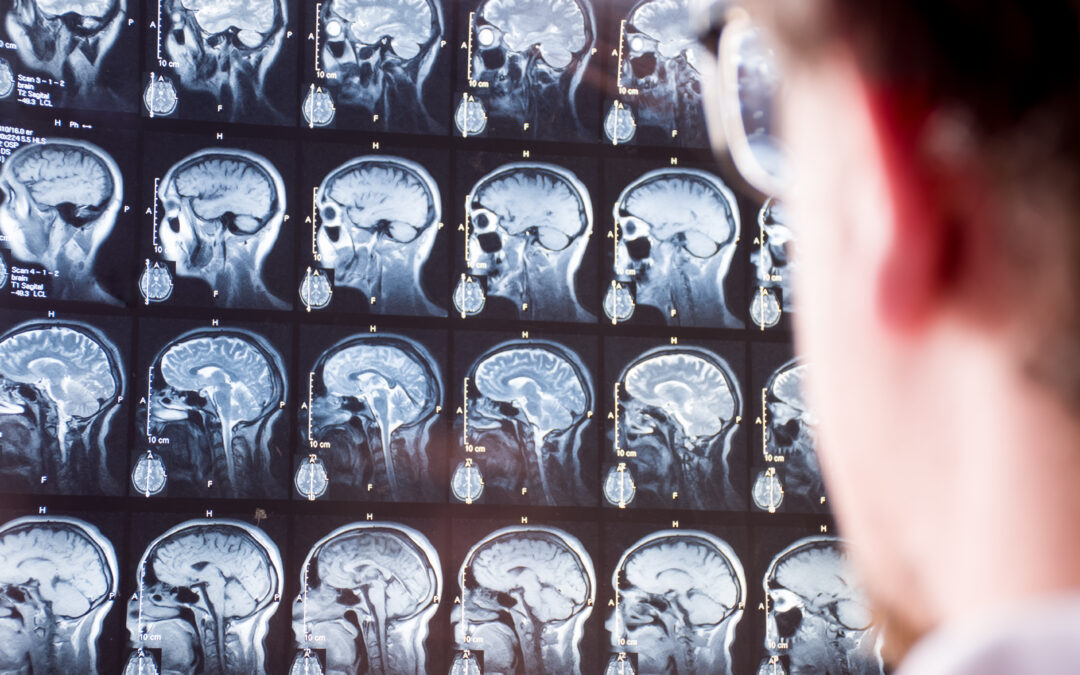Dealing with a head injury can be life-changing, particularly when it is a catastrophic head injury. Navigating through the medical treatment necessary for recovery can be daunting, and the financial burden of these bills may seem overwhelming. But did you know that you may be able to file a head injury compensation claim? If another party’s negligence caused your injury, you could be eligible for compensation.
What is a Catastrophic Head Injury?
A catastrophic head injury refers to substantial, often life-changing injuries that cause severe damage to the brain. The debilitating effects of these injuries frequently result in long-term complications, including cognitive and physical impairments or even permanent disability. Such injuries can negatively affect a person’s quality of life. These types of injuries can also inhibit a person’s ability to communicate and even perform daily tasks. Coping with this level of life-altering change can be overwhelming, not just for the victim but also for their families.
To further classify, catastrophic head injuries can take several forms. Here are some examples:
Traumatic Brain Injuries
A traumatic brain injury, often abbreviated as TBI, typically results from a sudden, violent blow or jolt to the head. The extreme force causes a disturbance to the brain’s normal function. TBIs are a significant cause of disability and death worldwide. They can lead to a wide range of short- or long-term changes affecting cognitive abilities—such as memory or thinking skills, motor functions—like coordination and balance, and sensation—like vision or hearing, or even emotional functioning—like personality changes or social behavior.
Concussions
Concussions are a common form of TBI. Symptoms include headaches, confusion, and dizziness, and may also involve temporary memory loss. While these symptoms can range from mild to severe, they may not be visible on imaging tests, making concussion detection a challenge. However, despite being considered a milder form of TBI, repeated concussions can lead to long-term brain damage. Therefore, any head injury, regardless of its perceived severity, should prompt immediate medical attention to ensure proper diagnosis and treatment.
Skull Fractures
Skull fractures, a type of catastrophic head injury, occur when the cranial bone, which protects the brain, breaks. Resulting from high-impact events, these fractures vary from simple linear fractures, where the bone breaks but stays in place, to more severe depressed fractures, where the fractured bone displaces and penetrates brain tissue. Symptoms can range from headaches and swelling to severe cases of loss of consciousness, seizures, or even requiring emergency surgery. Given the potential for serious complications like infection or brain damage, immediate medical attention is crucial, and if caused by another’s negligence, legal action may be necessary.
Penetrating Injuries
Penetrating injuries are severe forms of catastrophic head injuries. These happen when an object such as a bullet or a piece of shattered bone forcefully enters the brain. The traumatic impact can cause extensive damage to the brain’s functional areas, often leading to permanent disability or death.
Pursuing a Head Injury Compensation Claim
If another party’s negligence led to your injury, you may have the legal right to pursue a personal injury compensation claim. This lawsuit can provide financial relief for medical bills, lost wages, pain and suffering, as well as other related costs.
Establishing Negligence
The cornerstone of your claim begins with proving the defendant’s negligence resulted in your injury. In legal terms, negligence is the failure to behave with the level of care that an ordinary person would have exercised under the same circumstances. This could involve a truck driver who was texting while driving, a business owner who failed to fix a known safety hazard, or a product manufacturer who released a dangerous product to the market.
Documenting Your Claim
After establishing negligence, you must provide hard evidence to support your claim. This documentation should include medical records detailing your injuries, photographs from the scene of the accident that caused your injury, witness statements, and any police or accident reports. You should also keep a record of all related expenses, including medical bills and evidence of lost wages due to time off work.
Engaging a Personal Injury Attorney
Navigating a personal injury lawsuit can be complex, especially when you’re already dealing with a catastrophic head injury. By engaging a knowledgeable serious personal injury attorney, you’ll have an advocate on your side who understands the legal landscape and can guide you through the process. They can help gather evidence, negotiate with insurance companies, and ultimately ensure that your rights are protected.
Hire Talbot, Carmouche & Marcello to Protect Your Rights
Suffering from a catastrophic head injury can be extremely challenging, and the added responsibility of handling a head injury compensation claim can intensify this stress. It’s in these moments where the experienced personal injury attorneys at Talbot, Carmouche & Marcello can help. Our team is equipped to guide you through the complex legal journey, collect crucial evidence, negotiate with insurance companies, and stand up for your rights. By working with Talbot, Carmouche & Marcello, you’re choosing a team committed to your best interests and ready to represent you with vigor. Don’t let the negligent actions of others add to your worries. Give us the chance to fight for the compensation you deserve and protect your rights throughout the process. Contact Talbot, Carmouche & Marcello to schedule your free consultation today.

